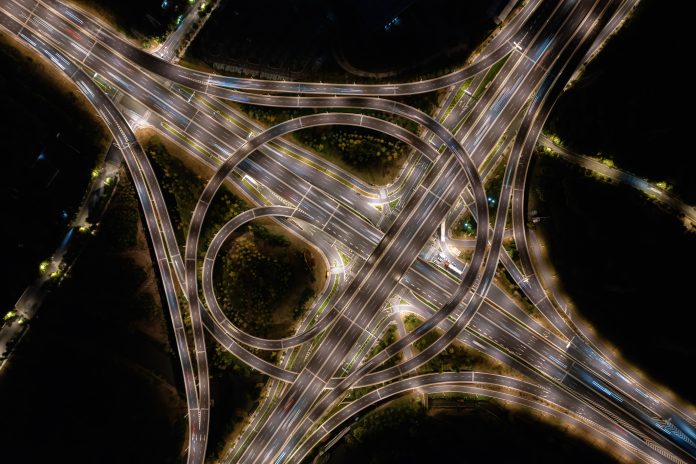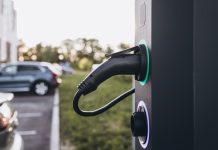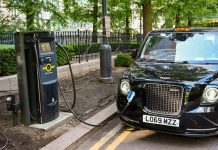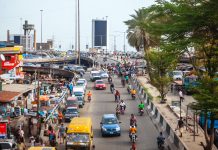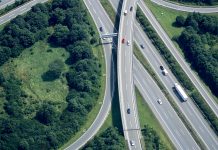The world’s cities are choked with vehicular traffic, compromising the quality of life for citizens and raising significant environmental concerns. What could digital twins do to help drive greener multimodal transportation for cities?
According to the International Institute for Sustainable Development, transportation accounts for about 64 per cent of global oil consumption, 27 per cent of all energy use, and 23 per cent of the world’s energy-related carbon dioxide emissions. Given this, the public wants better modes of transportation.
A recent Natural Resources Defense Council study found that citizens want more sustainable transportation choices. They prefer transportation options that prioritize walkable, bikeable, and transit-connected communities, as opposed to large-scale expansions to accommodate automobiles.
To address these challenges, some cities are trying to ban the use of cars in city centers and promote other modes of transportation. This includes developing dedicated bike lanes and shared micro-mobility initiatives to make cities more accessible for residents, commuters, and tourists. Greener multimodal transportation capabilities can help cities counter climate change while also giving the public the transportation options they prefer.
What is greener multimodal transportation?
As highlighted by the research firm Quantumrun Foresight, multimodal transportation is a blend of different methods to move people and goods and is reshaping daily commutes and urban landscapes. Societal attitudes towards health and environmental stewardship are driving this shift, and today’s cities are adapting to it through the use of shared mobility vehicles such as e-bikes and e-scooters.
This new transportation paradigm is also the result of the need to accommodate growing populations and increased demand for public transportation. As a result, urban planning has shifted towards meeting multimodal transportation needs, whether through the development of bike lanes or the use of innovation for more efficient traffic management.
However, with multimodal transportation planning comes certain challenges. All too often, cities are confronted with the problem of too many improperly parked e-scooters and rental bicycles, resulting in conflicts with other road users.
Part of the appeal of e-scooter sharing systems is that they are often free-floating, dockless rental services. They can be parked and left anywhere the rider chooses. Without docks, e-scooters often clutter sidewalks and block wheelchair ramps, making it hard to pass without tripping over or colliding into one.
Not surprisingly, many cities are concerned about the unbridled growth of e-scooters, given the resulting issues that accompany their use, such as obstructed sidewalks and vandalism.
Digital twins and green multimodal transportation
With greener multimodal transportation comes the need to leverage data-driven innovations for everything from constructing bike lanes to best managing the rising use of e-scooters. This is where digital twins can come into play.
Rising in popularity these days, digital twins provide a virtual replica of a product, service or even an urban process. Although many think of digital twins as a 3D model of a city or region, a true urban digital twin pulls together data from several existing technologies for visualization and analysis. Cities can use these insights to aid in developing green multimodal transportation strategies.
For example, digital twins can visualise and analyse Internet of Things (IoT) data from micro-mobility providers, allowing city officials to better identify and understand transportation patterns and improve policies. Insights derived from digital twins can aid in large-scale transportation planning to meet emerging multimodal needs.
By combining asset and spatial data into a common operational picture, all stakeholders can reliably plan and determine the best routes for proposed bike and scooter lanes. Furthermore, they can provide real-time info to automatically detect which vehicles are wrongly parked and notify the mobility service provider where to pick up the vehicle. Even more interesting, digital twins can remotely check the battery level of the vehicle to determine whether it needs to be collected for recharging.
Looking to the Future
While we still have a long way to go in the fight against climate change, the immediate future will surely focus more on green multimodal transportation.
Now’s the time for cities to consider developing strategies to make sustainable transportation viable for current and future generations. Urban digital twins will unlock the critical insights needed to make transportation safer for citizens and our planet.
This piece was written and provided by Dr. Uwe Jasnoch, director of EMEA Government, Transportation & Defense, Hexagon’s Safety, Infrastructure & Geospatial division.

